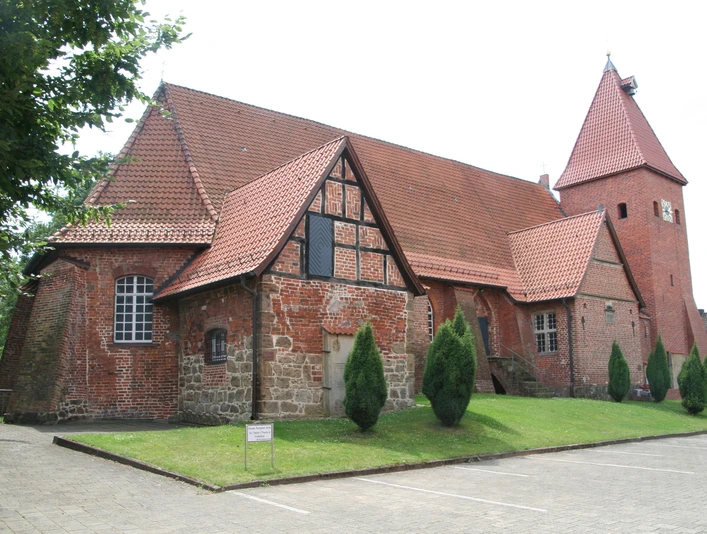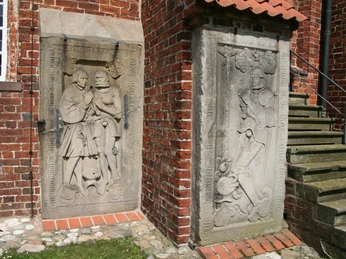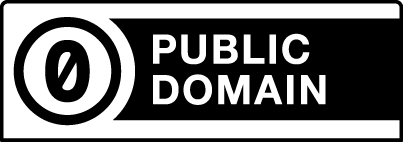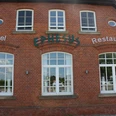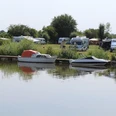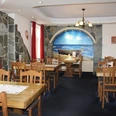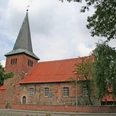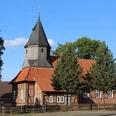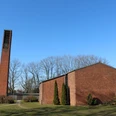- Photos & Map
How would you like to arrive?
- Call
- Description
- Good to know
- Nearby
The western and central bays date from the 12th century, the eastern (choir room) and the vaults from the 15th century. Two underground passages led from the castle estate and the vicarage through the church cellar into the choir room. The cellar vaults were once used by nobles and priests as burial chambers. Works of art worth seeing: altar, pulpit, baptismal font, trowel, epitaph and coat of arms of a bishop, 2 stained glass windows and tombstones on the outer walls.
The first documentary evidence of Drakenburg dates back to 1025. There is no reliable figure on the age of the church. The choir room is the oldest part of the church, which was built around 1250. It probably first existed as a small chapel, which was then extended into a church when the central nave was added. A window walled up behind the current altar indicates that the earlier altar, which stood there at the time of the Reformation, must have been considerably lower. The altar was donated to the church in 1707. It is richly decorated with columns, carvings, oil paintings and figures. At the top is the victorious Christ, piercing a snake at his feet with a lance. Below this are three oil paintings: the lower one depicts the fall of man, the upper one the resurrected Christ. The white twisted columns are decorated with green and gold foliage. The four evangelists are carved in wood on the outer sides. The colorful windows on either side of the altar were donated in 1925. The octagonal baptismal font on the right-hand side of the chancel dates from 1647. The beautifully carved and colorful pulpit dates from 1628 and depicts the four evangelists Matthew, Mark, Luke and John in four panels. The sounding board bears the inscription: "Today, if you hear his voice, do not harden your heart (Psalm 95:8)".
The church has three galleries, the so-called "Bürgerpriche" dates back to 1707. It was erected by citizens who did not have their own place in the church. The organ from 1843 was built by organ builder Wilhelm Meyer from Hanover. The tower will have been rebuilt in 1643 or shortly before, after the old tower fell victim to the great fire of 1627. The two bells also date from 1643, the chandeliers from 1653.
The first documentary evidence of Drakenburg dates back to 1025. There is no reliable figure on the age of the church. The choir room is the oldest part of the church, which was built around 1250. It probably first existed as a small chapel, which was then extended into a church when the central nave was added. A window walled up behind the current altar indicates that the earlier altar, which stood there at the time of the Reformation, must have been considerably lower. The altar was donated to the church in 1707. It is richly decorated with columns, carvings, oil paintings and figures. At the top is the victorious Christ, piercing a snake at his feet with a lance. Below this are three oil paintings: the lower one depicts the fall of man, the upper one the resurrected Christ. The white twisted columns are decorated with green and gold foliage. The four evangelists are carved in wood on the outer sides. The colorful windows on either side of the altar were donated in 1925. The octagonal baptismal font on the right-hand side of the chancel dates from 1647. The beautifully carved and colorful pulpit dates from 1628 and depicts the four evangelists Matthew, Mark, Luke and John in four panels. The sounding board bears the inscription: "Today, if you hear his voice, do not harden your heart (Psalm 95:8)".
The church has three galleries, the so-called "Bürgerpriche" dates back to 1707. It was erected by citizens who did not have their own place in the church. The organ from 1843 was built by organ builder Wilhelm Meyer from Hanover. The tower will have been rebuilt in 1643 or shortly before, after the old tower fell victim to the great fire of 1627. The two bells also date from 1643, the chandeliers from 1653.
Good to know
Openings
Author
Mittelweser-Touristik GmbH
Lange Straße 18
31582 Nienburg/Weser
Organization
Mittelweser-Touristik GmbH
License (master data)
Mittelweser-Touristik GmbH
Nearby
